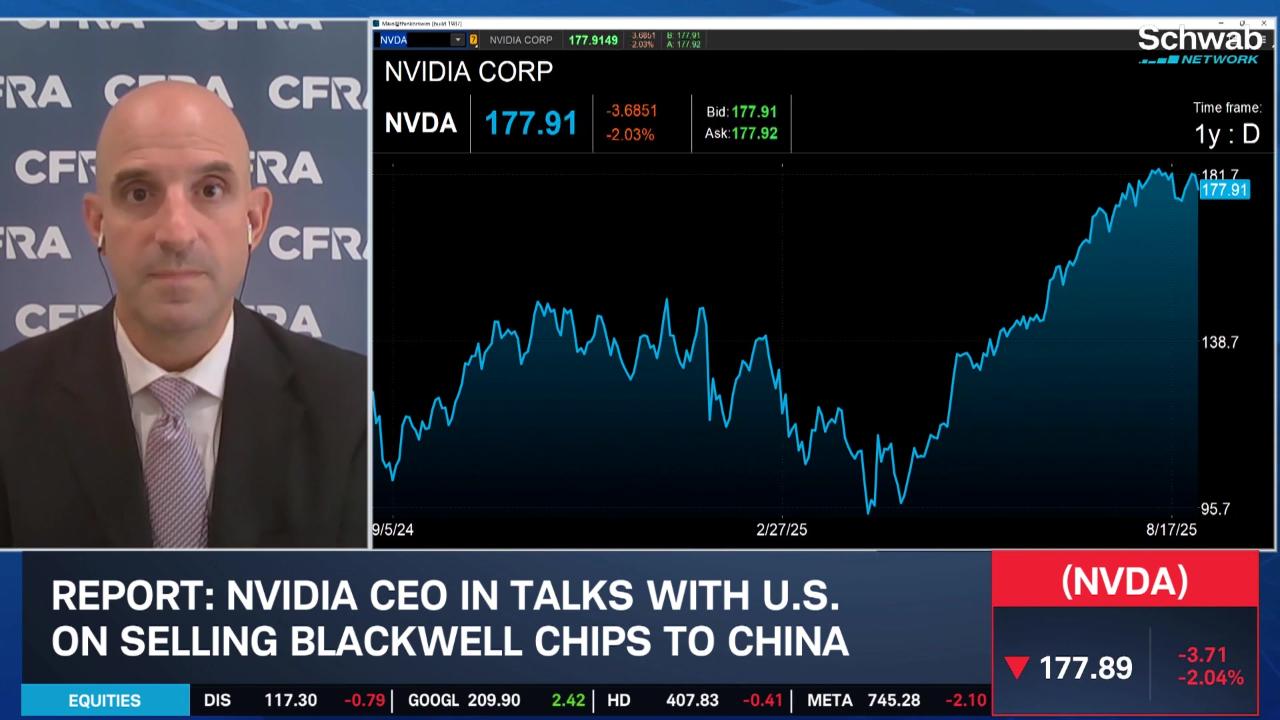- Market Minute
- Posts
- Record Highs, Cooler Growth: Why the Fed May Trim in September
Record Highs, Cooler Growth: Why the Fed May Trim in September

Markets spent the week leaning hard into the view that the Federal Reserve will start easing next month. Fed funds futures put the odds of a quarter-point cut at the September 16–17 meeting in the mid-to-high-80s, a conviction that solidified after Chair Jerome Powell’s Jackson Hole remarks about a “shifting balance of risks” toward the labor market. The policy-sensitive 2-year Treasury yield slid to approximately 3.62% mid-week, near four-month lows and almost a full percentage point below the midpoint of the current 4.25%–4.50% target range, a classic market indication for imminent cuts.
Hard data offered something for both doves and hawks. On economic growth, the Bureau of Economic Analysis’ second estimate showed real GDP expanding at a 3.3% annualized pace in 2Q, revised up from 3.0% on firmer consumer outlays and investment. That strength helped lift equities to fresh highs, but it also raised the bar for 3Q. Looking ahead, the Atlanta Fed’s GDPNow model pegs 3Q growth at 2.2% as of August 26. This is still healthy, but a clear downshift from spring’s pace. Together, those readings sketch a soft-landing path that leaves room for the Fed to trim rates without signaling alarm.
Inflation remains the swing variable. July’s CPI showed core prices running at 3.1% year over year, up from 2.9% in June which is enough of a re-acceleration to keep the Fed cautious, especially with tariff pass-through still uncertain. Powell acknowledged that tariff-related price pressure is a risk, even as he emphasized rising labor-market slack. The next test lands with July PCE print today. Consensus expects core PCE to edge up to around 2.9% year over year. An in-line or softer result would likely cement September’s cut. However, a hotter print wouldn’t necessarily derail it, but it would complicate the glidepath for additional easing.
The weekly labor flow stayed consistent with a balanced jobs picture. Initial jobless claims fell by 5,000 to 229,000 in the week ended August 23, while continuing claims hovered just under two million. This mix of low layoffs but slower hiring supports the market’s reading that policy is a bit tight relative to where growth and inflation are trending, and it aligns with simple rules-based frameworks that show the funds rate is modestly above neutral.
Stocks reflected the macro blend of resilient activity, easing inflation risk, and rising rate-cut odds. The S&P 500 closed at a record 6,501.86 yesterday, the Dow notched a fresh high, and the Nasdaq inched back toward its peak. AI remained the market’s narrative backbone with Nvidia’s (NVDA) results and guidance which drew a mixed reaction. Shares dipped but analysts largely raised price targets, underscoring a view that enterprise and cloud capex for AI infrastructure is intact even amid China-related uncertainty. With breadth slowly improving and long rates edging lower, equity bulls argued the path of least resistance remains up so long as the inflation data cooperates.
Rates and the dollar traded in a way that reinforced the easing story. As noted, the two-year yield pressed into the mid-3.6s, and the 10-year hovered a little above 4.20%. The dominant aggregate macro impulse remains domestic with a sturdy consumer, a gradually cooling labor market, and inflation inching toward target.
Housing and capex detail didn’t change the narrative. With mortgage affordability still tight, housing indicators softened at the margin, while core capital-goods shipments suggested business equipment spending started 3Q on decent footing. Both help explain why the GDPNow track is slower than 2Q but not rolling over. In the background, seasonality looms as September’s reputation as a rough month is well known. Yet the bulls are sticking with the mantra that trend usually trumps seasonals when momentum and liquidity are favorable.
There are many factors that may be driving the market’s confidence in a September cut including politics, growth scares, or tariffs fading as an inflation impulse. Powell’s door-opening at Jackson Hole, a two-year yield that’s decisively below the policy rate, and high-80s cut odds form a coherent picture of policy has been a bit tight, growth is slowing from an above-trend quarter, and inflation progress is close enough to give the Fed optionality. If core PCE arrives near expectations, the case for a measured, risk-management trim in September remains strong. If it surprises hot, markets will quickly re-price the path beyond September, but the first step still looks likely.
Morning Minute
Featured Clip
Tune in live from 8 a.m. to 5 p.m. ET, or anytime, anywhere, on‑demand.
Or stream it via thinkorswim® and thinkorswim Mobile, available through our broker-dealer affiliate, Charles Schwab & Co., Inc
Please do not reply to this email. Replies are not delivered to Schwab Network. For inquiries or comments, please email [email protected].
See how your information is protected with our privacy statement.
Charles Schwab and all third parties mentioned are separate and unaffiliated, and are not responsible for one another's policies, services or opinions. Schwab Network is brought to you by Charles Schwab Media Productions Company (“CSMPC”). CSMPC is a wholly owned subsidiary of The Charles Schwab Corporation and is not a financial advisor, registered investment advisor, broker-dealer, or futures commission merchant.

